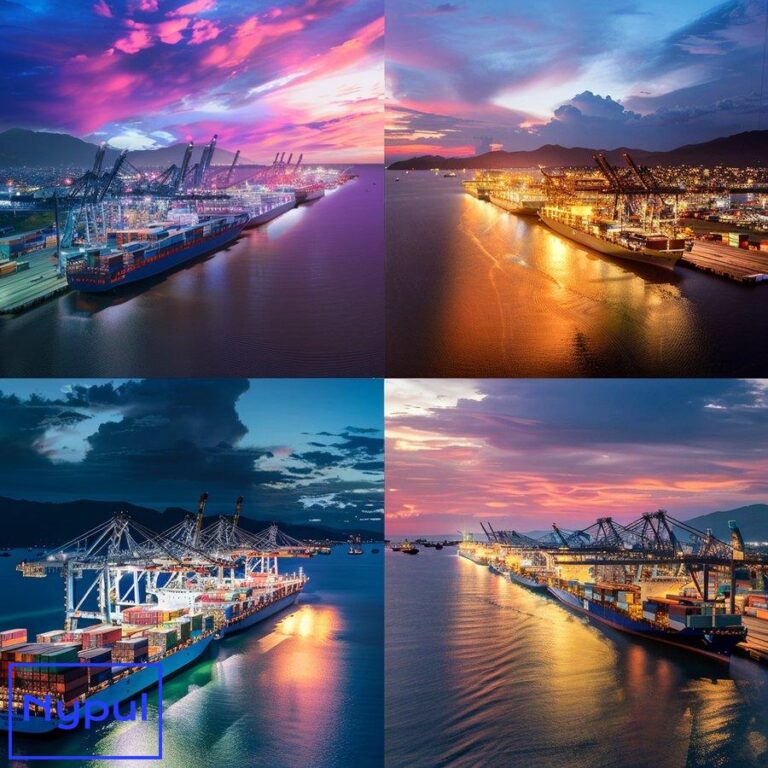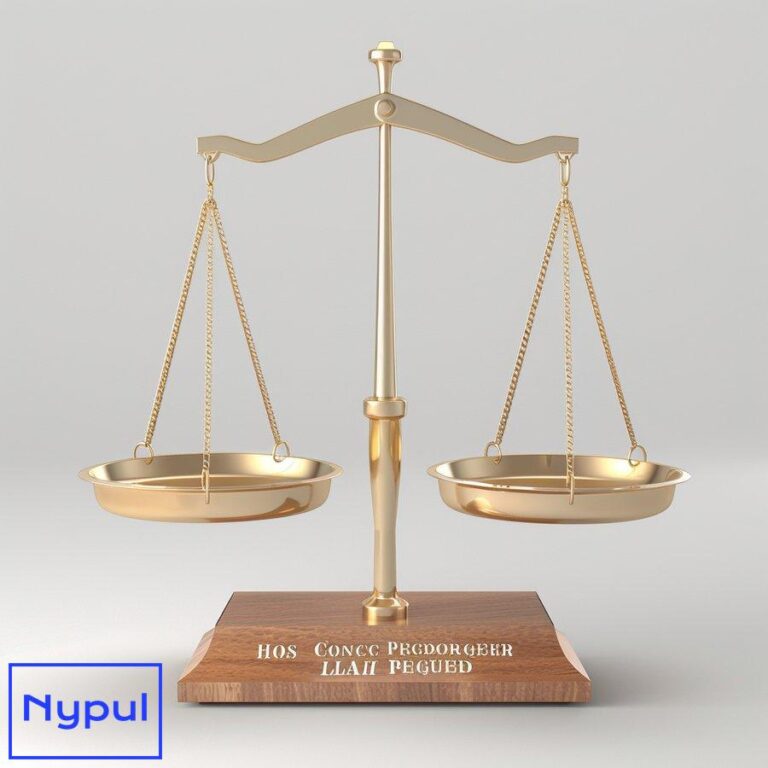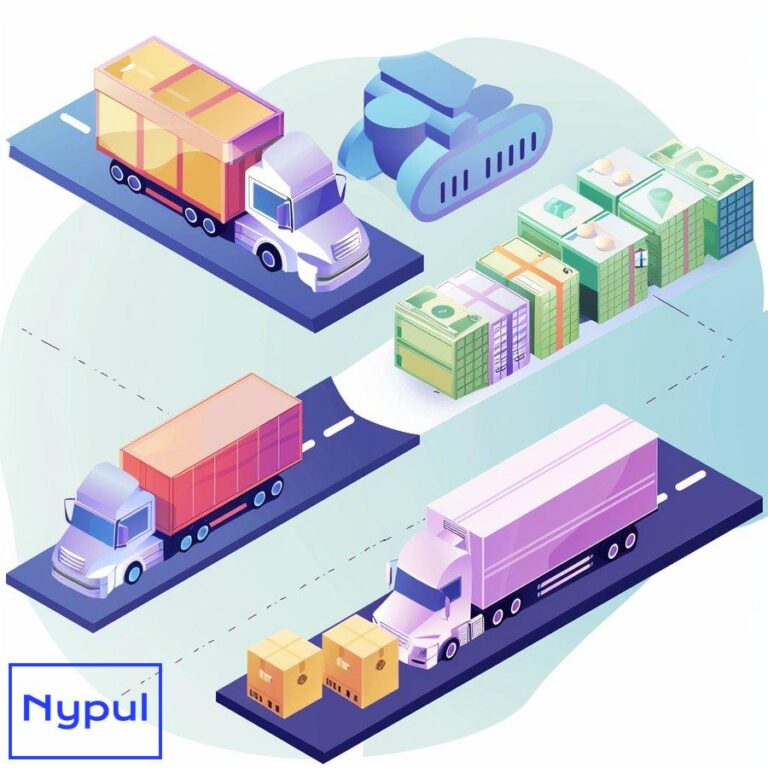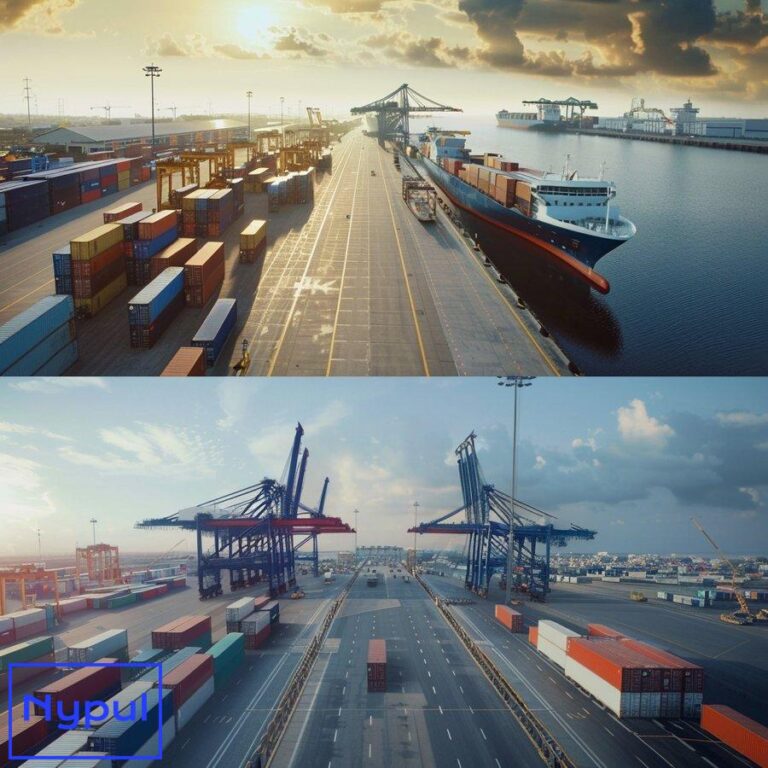What Is the Drayage Industry
How does the drayage industry operate? The drayage industry serves as a critical link in the global supply chain, facilitating the movement of containerized cargo over short distances. Drayage operations typically involve transporting shipping containers between ports, rail yards, and nearby warehouses or distribution centers. Drayage companies work closely with ocean carriers, railroads, freight forwarders,…









